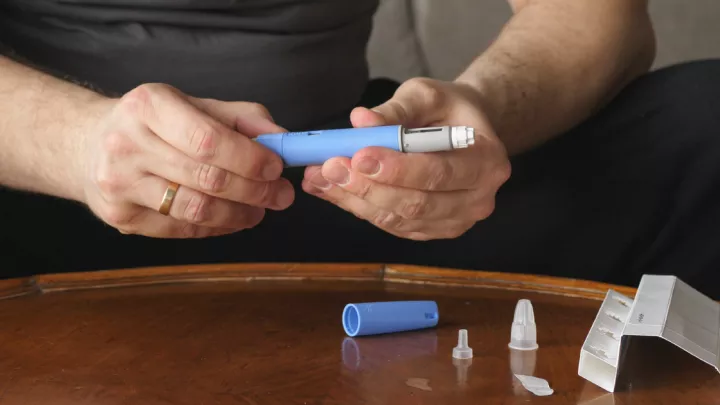FDA approves blood test to identify women at risk for preeclampsia

The Food and Drug Administration recently approved a biomarker screening test to identify patients at high risk of severe preeclampsia, a serious condition characterized by high blood pressure and organ damage. Preeclampsia affects around 5% to 8% of pregnancies, and pregnant Black women in the U.S. are more likely to have preeclampsia than white women.
Understanding preeclampsia
Preeclampsia is a potentially life-threatening condition typically developing after 20 weeks of gestation. It can lead to complications such as premature birth, low birth weight and maternal organ failure if left undiagnosed or untreated. Identifying preeclampsia early is crucial for managing the condition and ensuring the well-being of both mother and baby.
Symptoms of preeclampsia include:
- High blood pressure (greater than 140/90)
- High protein levels in urine
- Headache that does not resolve with acetaminophen
- Vision changes
- Severe right upper quadrant pain
- Extreme swelling in the hands and face
Testing for preeclampsia
The recently approved blood test, which measures the levels of two proteins associated with the development of preeclampsia, has been used for nearly a decade in Europe on both an outpatient and inpatient basis.
In the U.S., the test is used with hospitalized patients between 23 and 35 weeks gestation who have signs of preeclampsia or are at high risk. It can predict with 94% accuracy whether the patient will develop severe preeclampsia in the following two weeks.
Fetal medicine specialist Amie Hollard, MD, says the test can help providers differentiate between patients who may be able to be monitored on an outpatient basis and those who need to remain hospitalized.
“Typically, we hospitalize patients with preeclampsia with severe features from the time of diagnosis until delivery,” she says. “If we diagnose it at 23 weeks and they are relatively stable, they could end up hospitalized until 34 weeks. That’s a long time for a patient to be away from family and potentially off work.”
In addition to preventing unnecessary hospitalizations, the preeclampsia blood test may convince patients that their safest option is to remain in the hospital.
“Some patients have so much going on in their lives outside of their medical condition, socially and economically, that they choose to leave against medical advice,” Dr. Hollard says. “If they know this test is positive, they’re probably more likely to stay in the hospital and receive the care they need.”
The test will also help distinguish preeclampsia from other conditions when there is diagnostic uncertainty, as Dr. Hollard says occasionally happens.
Improving racial disparities
According to a 2022 review, Black women have higher maternal mortality rates than other racial and ethnic groups. The preeclampsia rate is 60% higher in Black women than white women, and Black women are more likely to develop severe preeclampsia.
“Factors such as reduced access to care, increased health risk factors, socioeconomic issues, and implicit bias among health care providers create stress levels in Black women that white women don’t experience,” Dr. Hollard says. “Chronic stress can lead to higher levels of inflammation, which leads to a higher likelihood of developing hypertensive disorders of pregnancy, including preeclampsia, as well as chronic conditions like diabetes, hypertension and autoimmune disease such as lupus.”
Dr. Hollard points to a 2020 study that shows stress caused by racism against Black women resulted in increased disease activity and had far-reaching health consequences. The newly approved blood test could help improve outcomes for Black women and their babies by identifying patients at high risk of severe preeclampsia and who require intervention.
The test, which received approval from the FDA in May, currently has limited availability but is expected to be more widely available in hospitals this fall.







